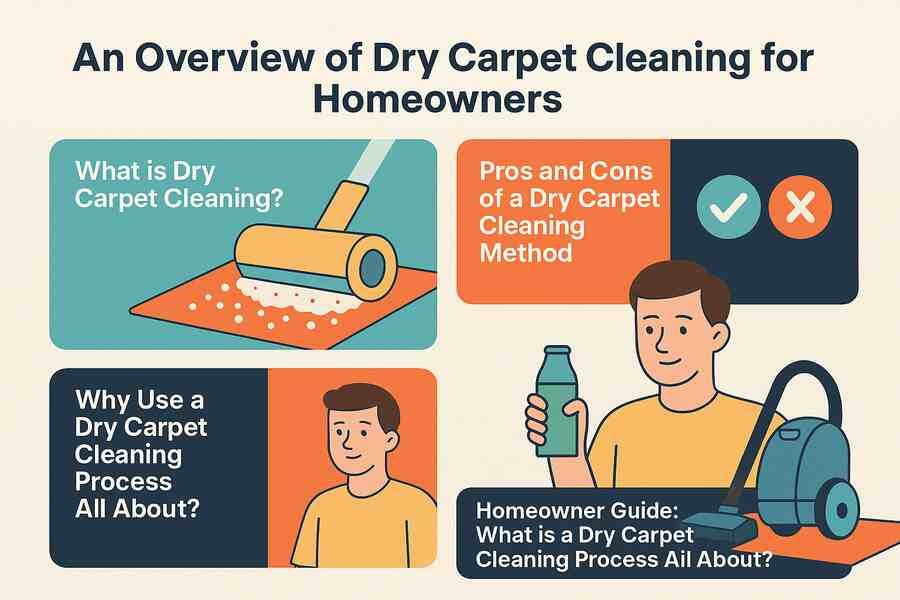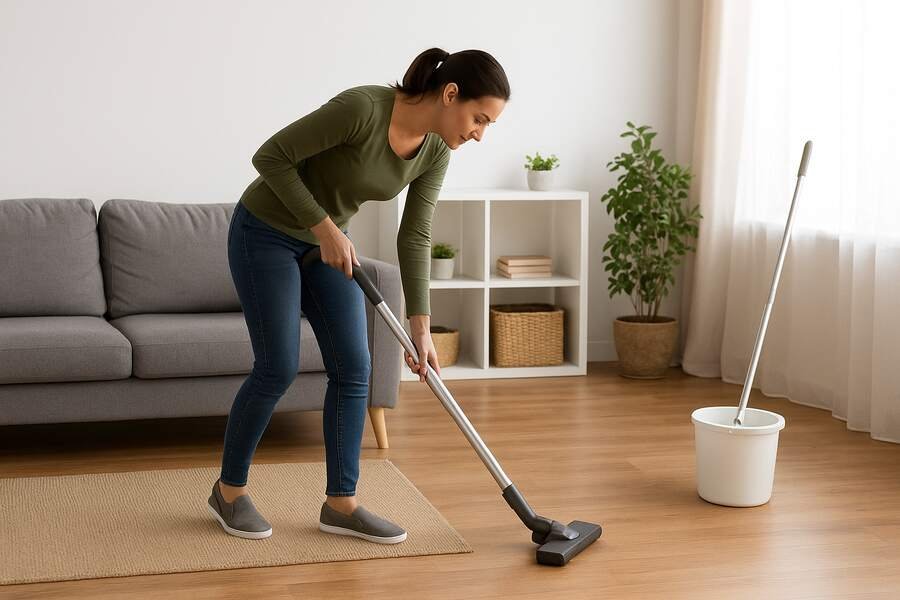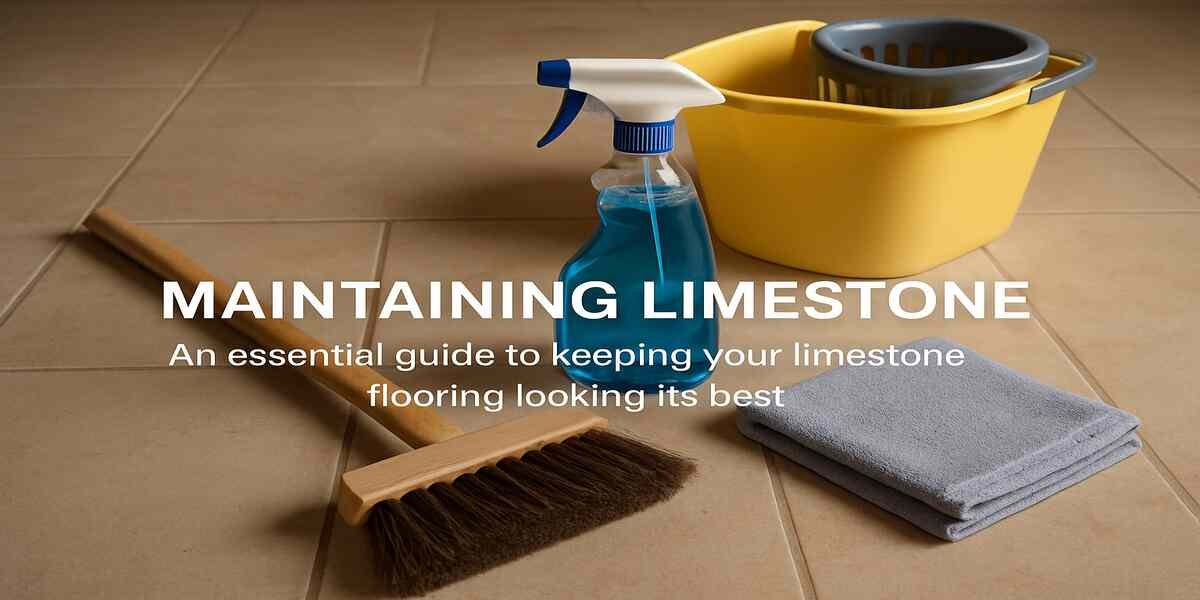Which Method of Removing Adhesive from wood is the Simplest?

Simplest Method to Remove Adhesive from Wood Easy Guide
Have you ever removed a sticker or tape from your wooden furniture to have that ugly and sticky stain left behind on it? Cursing how it could be gotten rid of without marrying the gorgeous finish? You are not the only one to think so, as glue removal on wood may look like a dangerous task without having any idea of the proper technique. What then is the most convenient and risk-free way of doing it?
What is the good news? You do not have to buy complicated equipment or nasty chemicals. There are some of the best remedies that are likely to be found in your kitchen! Let there be easy heat energy and natural oils, salt, and vinegar, baking soda, and so on, and we will go through the simplest, the most effective techniques of cleaning the sticky messes off wood. An antique label decorating your wooden drawer or a residue of the glue that had to be used in one of your projects, this guide will provide you with the means to get your wood back to its smooth consistency and look easy and safe.
How Easy Is It to Take Adhesive Off of Wood?
It is rather important to take care of the adhesive marks, whether you are going out of the house, doing some DIY projects, or simply getting ready to invite experts in End of lease cleaning Robina. In this blog, I will take you through the best methods to apply so that you can clean up adhesive on wood and leave the surfaces shining like they were when they were fixed. Therefore, whether you are a renter, have your own home, or love to craft, these simple solutions will enable you to complete the task in no time and at no risk.
1. Apply Heat to release the adhesive
The most likely method of removing adhesives is by heating off the glue on the surfaces of the wood. It will make the adhesive soft, and hence it will come out easily, leaving no residue.
Hold the hairdryer or heat gun a few inches, at low power, above the adhesive. Leave the adhesive to heat up by moving the device slowly over the area in a form of 1-2 minutes. Then open up the softened substance with either a plastic scraper or fingers, of course, it will be operative only with the adhesives that are not too old or too stubborn. It also does not damage the surface of wood, such as copper chrome arsenate timber, thereby it does not scratch or scuff it, unlike harsh-tongued tools.
2. Test Oil-Based Products
When heat fails to dissolve the sticky material, then using oil-based products such as olive oil, coconut or baby oil can be used to dissolve the material. These oils dissolve the adhesive, and with tha,t it becomes easier to remove. For more natural cleaning tips, see home products for mould.
All you can do is put a bit of oil on top of the adhesive and wait a few minutes to make the residue soft. Use a soft cloth or sponge and rub the area in a circular motion, and wipe away the residue with a microfibre cloth. The adhesive is lubricated with oils, and this prevents scratching and damage to the wood. Follow up the cleaning section with a wet cloth, removing any extra oil.
3. Ingredients are Vinegar, Rubbing Alcohol or Acetone
In a natural solution, white vinegar and rubbing alcohol may dissolve the adhesive. They won’t work, so stronger and good at sticky stuff, such as glue and tape, is acetone, which is in nail polish remover.
To use, wet a cotton ball or soft cloth with vinegar, rubbing alcohol or acetone and rub it on the adhesive. Wait a couple of minutes, then go about rubbing or scraping off the adhesive carefully. Remove any excess by drying the area with a clean cloth and water. The spot can be treated with vinegar or rubbing alcohol in case of lighter adhesives, whereas stronger ones require acetone. Do not ruin the wood by testing it on a small, unobtrusive area first before using it on a big portion.
4. Commercial Adhesive Removers Try
Should this requirement fail, then commercial adhesive removers would work. These are products that are explicitly made in order to cut off the adhesives within a short period and without affecting the surface of wood directly. Many people also prefer professional help like Bond Cleaning Sunshine Coast when dealing with stubborn glue that ordinary methods cannot handle.
To remove, buy some glue remover in a shop or on the internet and follow the directions on the pack. Put the product onto the surface and leave it to act as indicated in the producer guidance, and after that, clear off the adhesive with the aid of a clean cloth or a scratcher. Commercial adhesive removers can be very helpful with tenacious adhesives such as glue or double-sided tape. When applying the product in bulk, apply it on a small area that is not noticeable to check that the product does not damage the wood.
5. Sand the Area As The Ultimate Plan
The last method of removing adhesive from the wood is the process of sanding and should only be done on wood that has a thicker finish or in case the surface of the wood is already worn out. In order to do this, apply fine sandpaper (220-grit is ideal) and carefully rub the part where the adhesive is still present. Do not over-sand, where scratches or rough edges may occur. After the removal of the adhesive, clean the area.
Although sanding can be helpful to remove the adhesive along with other indentifications, as well as some of the preservation of the wood, one should perform the actions very sparingly, or else they could end up changing the way that your furniture or floor looks.
When conducting end of lease cleaning, it should be the last resort after other procedures, since it can interfere with the work on the wood.
Wrapping up
Wood does not need to be a mess when it comes to getting rid of adhesives. No need to use heat, oils, vinegar, or commercial cleaners, but instead, you can do what you want in a waste of time. When you are up against tough adhesive or when you are dealing with sensitive surfaces, do not be afraid to call in reinforcements, often when gearing up to perform end of leasee cleaning. With the above-given tips in mind, you will always keep your wood surfaces in their best shape without the sticky remains.




